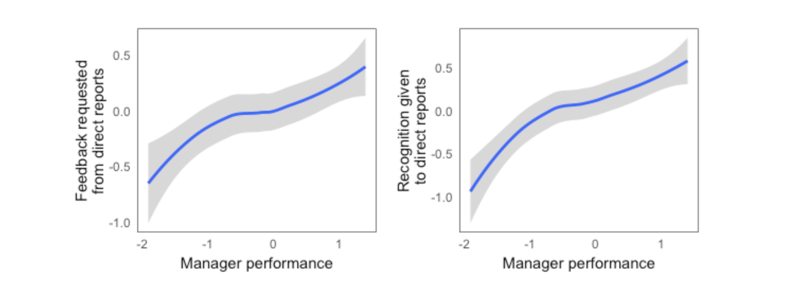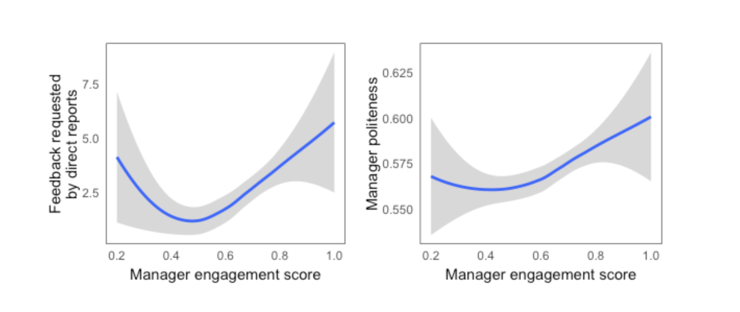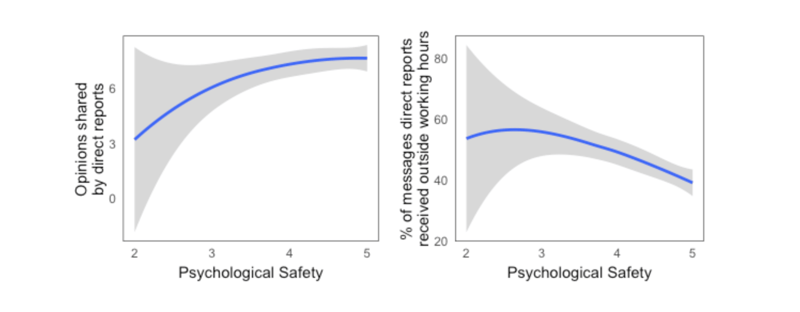Perceptyx’s recent acquisition of Cultivate will unite our active listening platform with Cultivate’s passive listening and digital coaching product to create a wholly new solution that closes the gap between signal and action in the employee experience, particularly for leaders. To learn more about the promise of this combination, we asked Rachel Habbert, formerly with Cultivate and now part of the People Science team here at Perceptyx, to share her perspective on how behavioral data, when combined with the survey insights and feedback Perceptyx collects, adds critical context for executive leaders and managers alike.
For nearly 20 years, Perceptyx has applied a unique blend of multi-channel surveys, analysis, and consulting expertise to capture subjective data based on employee feedback, extract the resulting insights, and then build targeted actions plans to guide how organizations should move forward. But what if there was more to the story?
Cultivate is able to supplement survey insights by measuring objective behavior data. This passive data source adds richness and context to the employee experience but similarly does not tell the whole story. For instance, which behaviors are most desirable for a specific team or company? How do those behaviors impact employee experience? In order to answer these more in-depth questions, we believe that combining survey data with behavioral data provides the most useful information.
Survey data around performance, engagement, or other metrics such as psychological safety gives insight into how employees feel, while behavior data offers an objective view into which specific actions shape those experiences. Correlating these sources gives invaluable insight that cannot be gleaned from only one or the other and offers a path forward not possible when considering each source alone.
Below I’ll share some results from different projects completed for Cultivate clients that combine survey and behavior data. When companies send us the survey data that they collect on a quarterly basis, we can pull the behavioral data from that same time period and share which behaviors have the greatest impact on their metrics. This allows a company to focus on the actions that will create the best outcomes for their managers and teams.
One company sent over manager performance data. These ratings were given by superiors, with our users’ managers rating their performance. Since our behavior data looks at a manager’s behavior towards their team, we were able to study which behaviors led to better performance ratings.
As you can see, higher-performing managers at this company requested feedback from their direct reports more frequently and gave their team more recognition than lower-performing managers. This is especially noteworthy because the person giving these performance ratings is not directly observing the manager’s behavior towards her team members. Instead, we can conclude that the types of managers who perform well are the same types of managers who value their team members’ opinions and reward their direct reports with earned praise.

A different company sent over engagement scores for their managers. Unlike the performance scores discussed above, the engagement scores came from their direct reports. Here you can see that team members who perceived their managers as engaged were more likely to request feedback from those managers, likely because they knew they would receive valuable responses.
You can also see, however, that team members with very disengaged managers requested feedback as well, probably because they needed more guidance than they were receiving. In addition, polite managers at this company were seen as more engaged. Sharing information like this with company survey administrators allows them to understand why they are seeing the ratings they see and how to help managers with lower engagement scores improve.

Cultivate also conducted a study around psychological safety with one of our customers. They included questions in their quarterly survey examining whether team members felt comfortable sharing their opinions, making suggestions, and generally speaking up on their team. The psychological safety results were relatively skewed, in that more people felt safe than unsafe, which you can see in the large standard error band on the left side of these graphs. However, we found strong correlations between ratings of psychological safety and whether direct reports were sharing opinions with their managers. Team members also felt much more comfortable when their managers communicated with them within working hours than outside of working hours.

These are simply examples of the kinds of insights we can discover when merging behavior data with survey data. While each provides valuable information, together they can powerfully answer questions about why we see the survey results we see and how to improve scores across the board.
To learn more about Cultivate and our vision to integrate its passive listening technology within the Perceptyx platform, read the full news release here.
